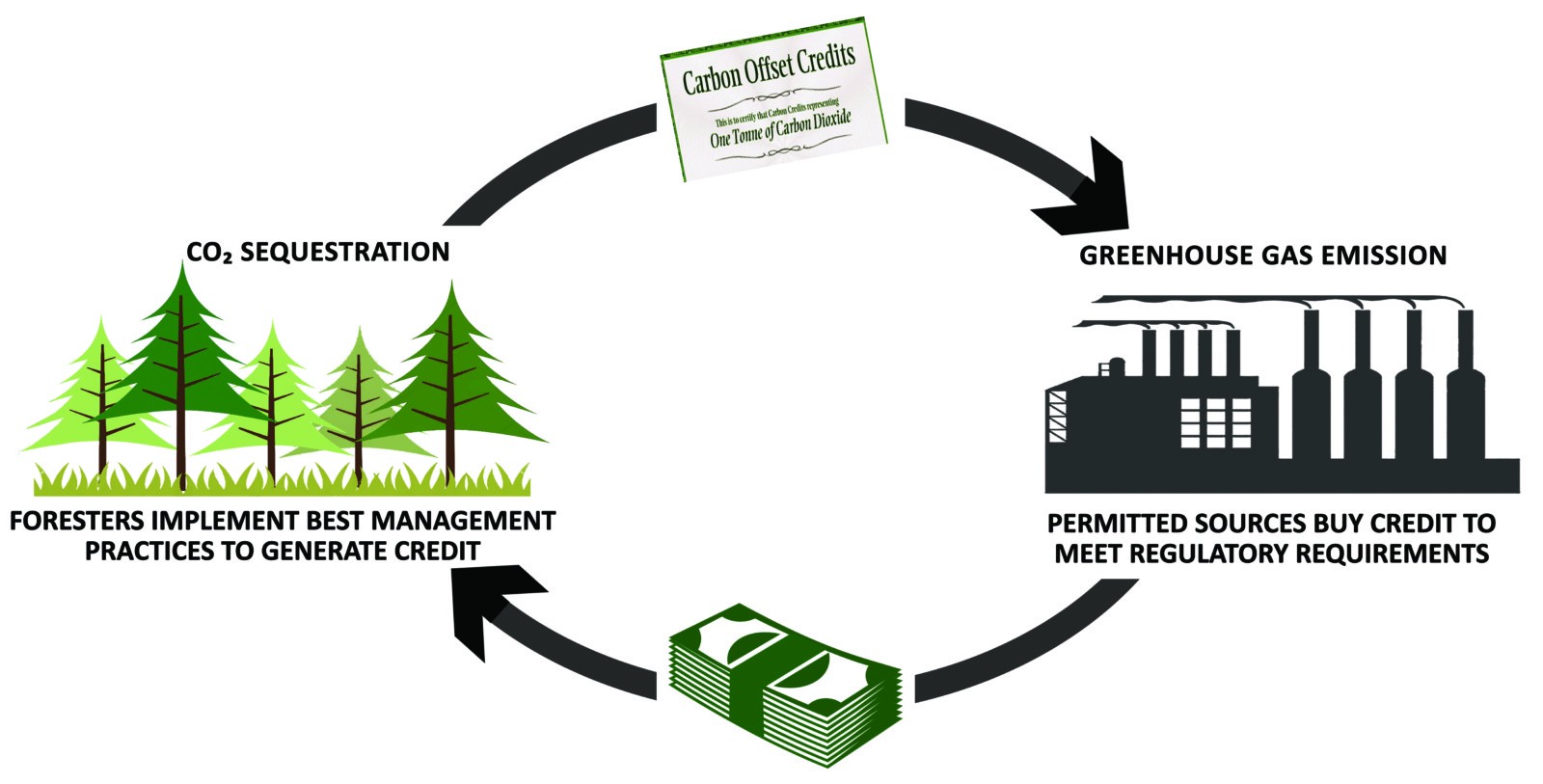I’ve been researching carbon credits for the past few months and even participated in the NCX carbon market this past cycle. My bid wasn’t accepted but the NCX program is an interesting idea and I think that it has the potential to bring more landowners into the carbon credit marketplace.
With timber prices at a historic low, landowners need to find alternate cash flows and the NCX market is a potential source of income that doesn’t require landowners to lock up their forests for decades. The below article from Forisk summed up the carbon market pretty well.
Investors place a premium on identifying attractive “cash flow bundles” when screening forest assets. Acquiring timberland in a strong, competitive wood basket is like opening a bakery in a busy shopping district. Better infrastructure and roads support more foot traffic and potential customers. Stores in this district pay for these benefits with higher rents, just as timberland investors pay for access to robust timber markets with higher timberland prices.
The interest of institutional capital in forest carbon assets forces us to revisit the fundamental timberland investment model and, in turn, capture this during due diligence of local timber markets. Since anything that increases present value faster than the investor’s opportunity cost enhances value, forest carbon has the potential to augment timberland values to the extent that markets for carbon support reliable cash flows relative to those for timber.
Forest carbon, a product with a market, generates questions with respect to its role and relative performance within a timberland asset or broader portfolio. “What are the valuation implications on my timberland from participating in forest carbon markets? What are the liquidity implications? How does this contract affect my ability to manage my forest?”
Spot prices for timber, timberland and forest carbon provide a simple snapshot. Deeper understanding of a timber market emerges with tracking performance over time and through the business cycle. Simple forecasts, scenarios and rankings help identify key drivers and screen for better markets. A systematic process, like a checklist, reduces risk and maximizes understanding for timberland investment decisions.
